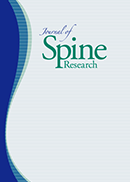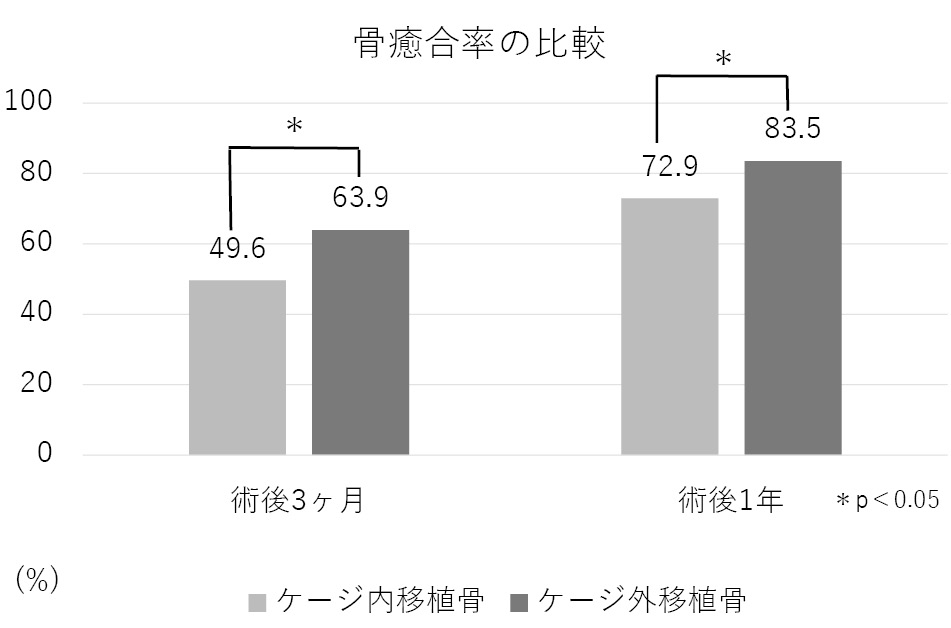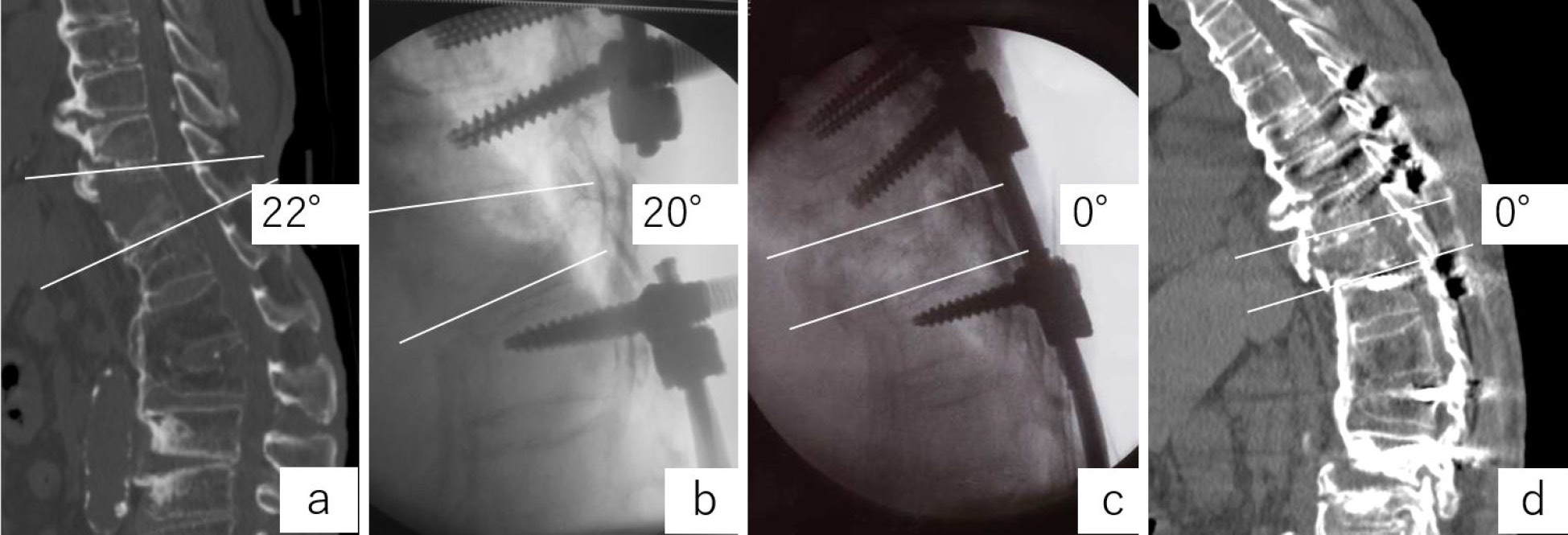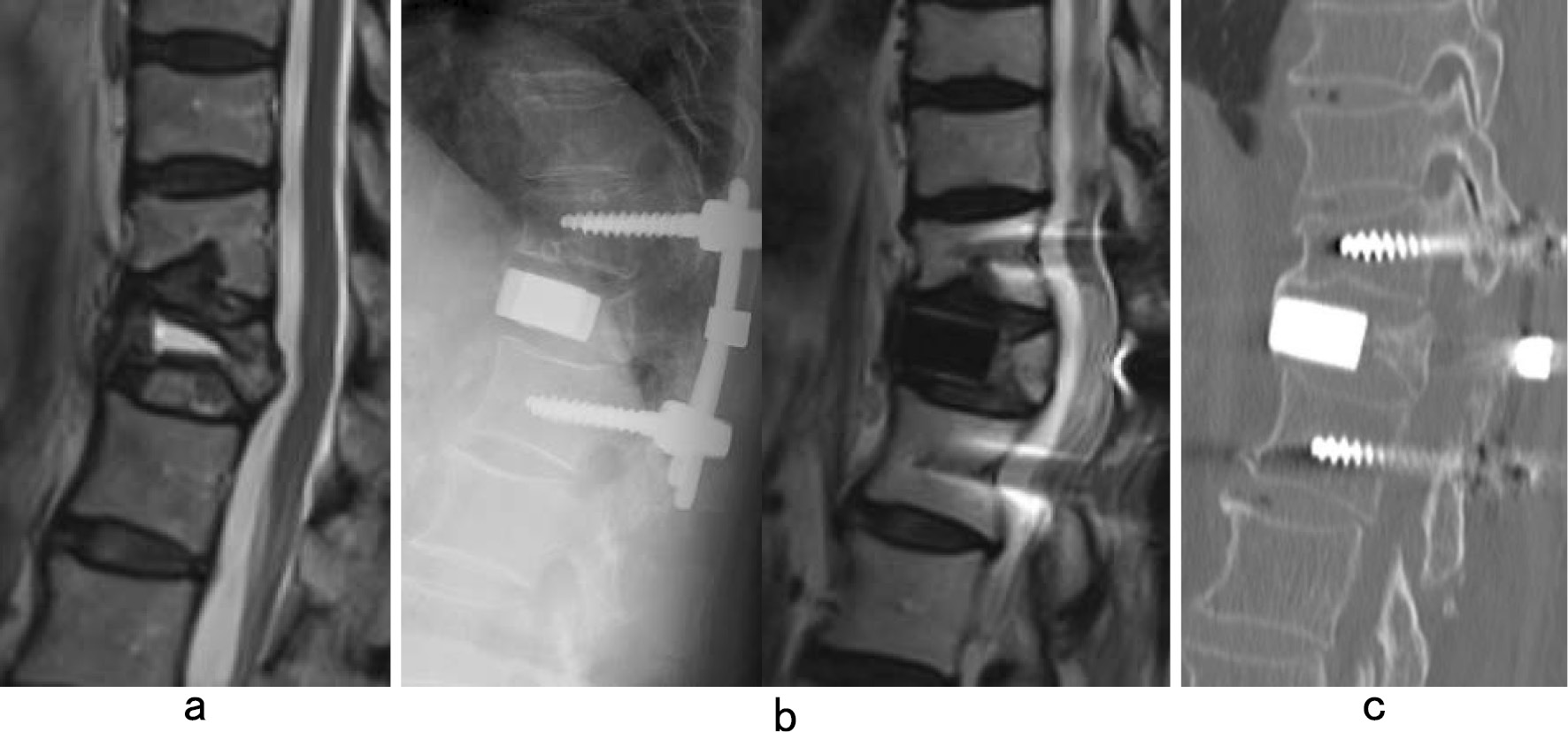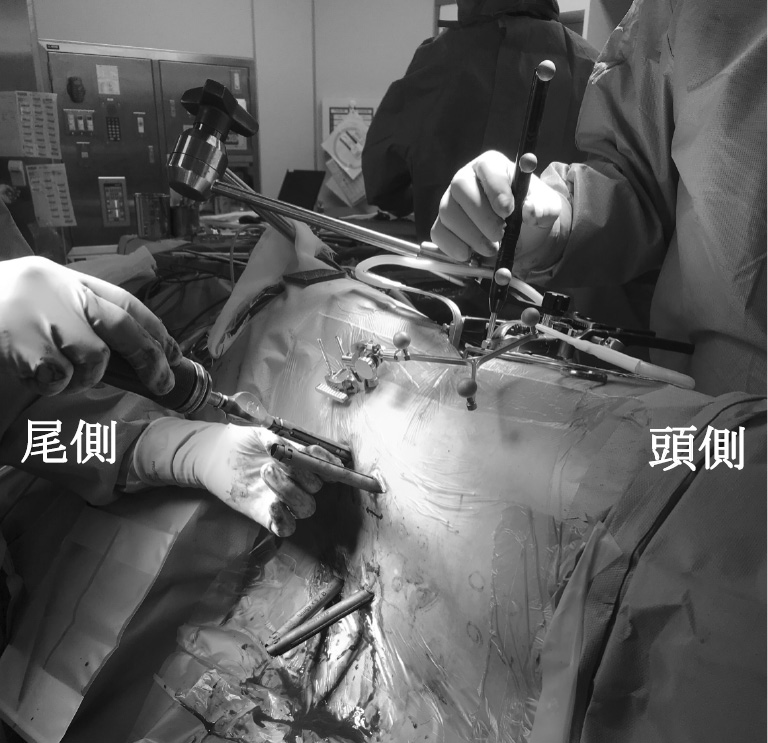Volume 11, Issue 10
Displaying 1-21 of 21 articles from this issue
- |<
- <
- 1
- >
- >|
Editorial
-
2020 Volume 11 Issue 10 Pages 1120-1121
Published: October 20, 2020
Released on J-STAGE: October 20, 2020
Download PDF (365K)
Original Article
-
2020 Volume 11 Issue 10 Pages 1122-1127
Published: October 20, 2020
Released on J-STAGE: October 20, 2020
Download PDF (1064K) -
2020 Volume 11 Issue 10 Pages 1128-1135
Published: October 20, 2020
Released on J-STAGE: October 20, 2020
Download PDF (1484K) -
2020 Volume 11 Issue 10 Pages 1136-1143
Published: October 20, 2020
Released on J-STAGE: October 20, 2020
Download PDF (2018K) -
2020 Volume 11 Issue 10 Pages 1144-1151
Published: October 20, 2020
Released on J-STAGE: October 20, 2020
Download PDF (1435K) -
2020 Volume 11 Issue 10 Pages 1152-1156
Published: October 20, 2020
Released on J-STAGE: October 20, 2020
Download PDF (774K) -
2020 Volume 11 Issue 10 Pages 1157-1162
Published: October 20, 2020
Released on J-STAGE: October 20, 2020
Download PDF (1007K) -
2020 Volume 11 Issue 10 Pages 1163-1168
Published: October 20, 2020
Released on J-STAGE: October 20, 2020
Download PDF (1420K) -
2020 Volume 11 Issue 10 Pages 1169-1176
Published: October 20, 2020
Released on J-STAGE: October 20, 2020
Download PDF (2118K) -
2020 Volume 11 Issue 10 Pages 1177-1183
Published: October 20, 2020
Released on J-STAGE: October 20, 2020
Download PDF (1568K) -
2020 Volume 11 Issue 10 Pages 1184-1192
Published: October 20, 2020
Released on J-STAGE: October 20, 2020
Download PDF (1419K) -
2020 Volume 11 Issue 10 Pages 1193-1201
Published: October 20, 2020
Released on J-STAGE: October 20, 2020
Download PDF (1880K) -
2020 Volume 11 Issue 10 Pages 1202-1206
Published: October 20, 2020
Released on J-STAGE: October 20, 2020
Download PDF (1046K) -
2020 Volume 11 Issue 10 Pages 1207-1213
Published: October 20, 2020
Released on J-STAGE: October 20, 2020
Download PDF (1224K) -
2020 Volume 11 Issue 10 Pages 1214-1219
Published: October 20, 2020
Released on J-STAGE: October 20, 2020
Download PDF (1137K) -
2020 Volume 11 Issue 10 Pages 1220-1227
Published: October 20, 2020
Released on J-STAGE: October 20, 2020
Download PDF (2538K) -
2020 Volume 11 Issue 10 Pages 1228-1233
Published: October 20, 2020
Released on J-STAGE: October 20, 2020
Download PDF (1305K) -
Treatment strategy For Deep Surgical Site Infection After Minimally Invasive Lumber Interbody Fusion2020 Volume 11 Issue 10 Pages 1234-1240
Published: October 20, 2020
Released on J-STAGE: October 20, 2020
Download PDF (1302K) -
2020 Volume 11 Issue 10 Pages 1241-1245
Published: October 20, 2020
Released on J-STAGE: October 20, 2020
Download PDF (842K)
Case Report
-
2020 Volume 11 Issue 10 Pages 1246-1251
Published: October 20, 2020
Released on J-STAGE: October 20, 2020
Download PDF (1220K) -
2020 Volume 11 Issue 10 Pages 1252-1258
Published: October 20, 2020
Released on J-STAGE: October 20, 2020
Download PDF (2610K)
- |<
- <
- 1
- >
- >|
